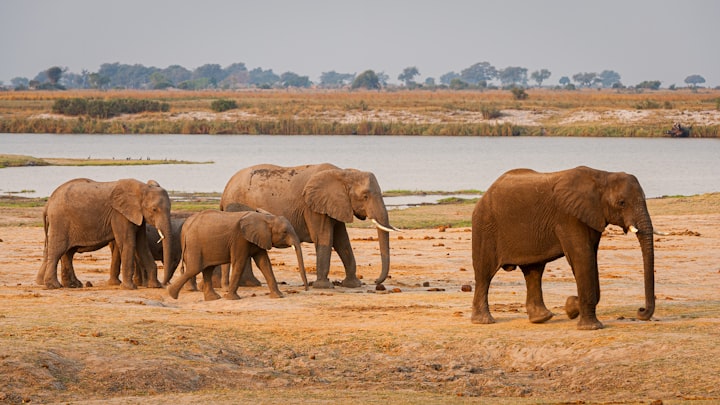NORTH AMERICA'S INDIGENOUS INDIVIDUALS
HOW THEY CAME TO NORTH AMERICA

North America's most memorable individuals might have shown up via ocean ice expressway as soon as quite a while back. Quite possibly of the most sultry discussions in archaic exploration is the way and when people previously showed up in North America. Archeologists have generally contended that individuals strolled through a without ice passageway that momentarily opened between ice sheets an expected quite a while back.
However, a developing number of archeological and hereditary finds — remembering human impressions for New Mexico dated to around 23,000 years of age — recommends that individuals advanced onto the mainland significantly sooner. These early Americans probably went along the Pacific shoreline from Beringia, the land span among Asia and North America that arose during the last icy most extreme when ice sheets bound up a lot of water causing ocean levels to fall.
Presently, in examination to be introduced Friday, 15 December at the American Geophysical Association Yearly Gathering (AGU23) in San Franciso, paleoclimate reproductions of the Pacific Northwest clue that ocean ice might have been one way for individuals to move farther south. The possibility that early Americans might have gone along the Pacific Coast isn't new. Individuals were probable south of the huge ice sheets that once covered a large part of the landmass something like quite a while back.
Considering that the sans ice hallway wouldn't be open for millennia before these unexpected appearances, researchers rather recommended that individuals might have moved along a "kelp thruway." This hypothesis holds that early Americans gradually went down into North America in boats, following the plentiful merchandise tracked down in seaside waters.
Archeologists have found proof of seaside settlements in western Canada dating from as soon as a long time back. Yet, in 2020, specialists noticed that freshwater from dissolving ice sheets at the time might have made areas of strength for a that would make it challenging for individuals to go along the coast.
Ice parkway over perilous water:
To get a more full image of sea conditions during these urgent windows of human relocation, Summer Praetorius of the US Geographical Overview and her partners took a gander at environment intermediaries in sea residue from the coast. A large portion of the information came from minuscule, fossilized microscopic fish. The overflow and science of these creatures assist with recreating sea temperatures, saltiness, and ocean ice cover.
Praetorious' show is important for a meeting on the environment history and topography of Beringia and the North Pacific during the Pleistocene, the ongoing ice age, at AGU23. The extended meeting has brought 24,000 specialists from across the range of the Earth and space sciences to San Francisco this year and associated 3,000 web-based participants.
Praetorious' group utilized environment models and observed that sea flows were over two times the strength they are today during the level of the last cold most extreme close to quite a while back because of chilly breezes and lower ocean levels. While not difficult to paddle against, these circumstances would have made going by boat extremely challenging, Praetorius said.
Notwithstanding, the records likewise showed that a significant part of the area was home to winter ocean ice until close to a long time back. As a chilly adjusted individuals, "as opposed to rowing against this horrendous cold ebb and flow, perhaps they were involving the ocean ice as a stage," Praetorius said.
Cold individuals today travel along ocean ice on canine sleds and snow mobiles. Early Americans may likewise have utilized the 'ocean ice thruway' to get around and chase marine well evolved creatures, gradually advancing into North America all the while, Praetorius said. The environment information propose conditions along the beach front course might have been helpful for movement somewhere in the range of quite a while back and quite a while back, potentially supported by the presence of winter ocean ice.
While demonstrating that individuals were utilizing ocean ice to travel will be precarious, given the greater part of the archeological destinations are submerged, the hypothesis gives another structure to understanding how people might have shown up in North America without a land span or simple sea travel.
What's more, the ocean ice thruway isn't totally unrelated with other human movements sometime later, says Praetorius. The group's models show the Alaskan current had quieted somewhere near a long time back, making it more straightforward for individuals to go by boat along the coast. "Nothing is off the table," she said. We will constantly be shocked by antiquated human creativity.





Comments
There are no comments for this story
Be the first to respond and start the conversation.